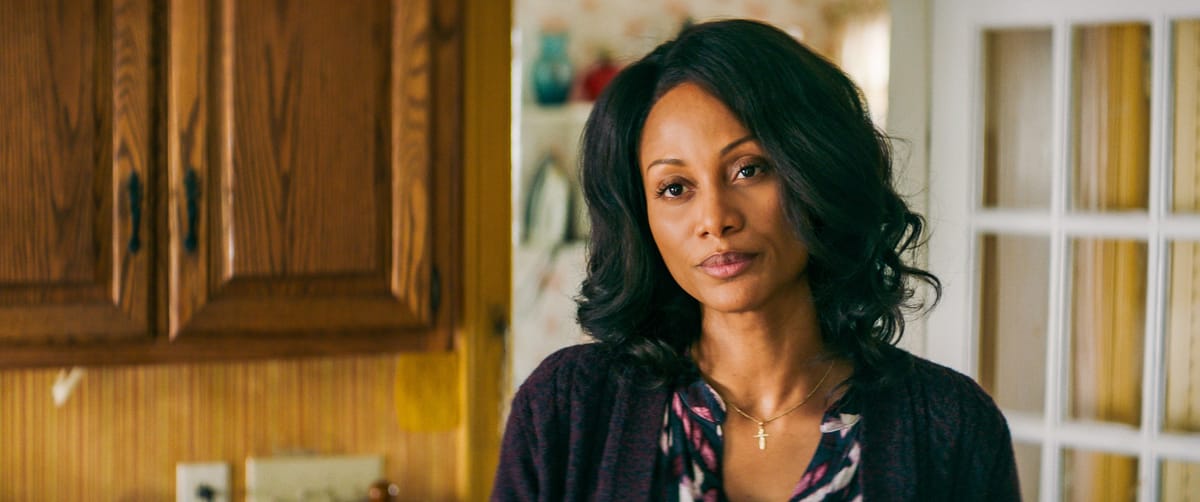Coming to a Theatre Near You
Is Hollywood finally catching up with the real world? Maybe, sort of, yes.

It’s taken decades, but the face of the movie industry may finally be changing—even if slowly and imperfectly.
A new working paper authored by three academics at the University of Southern California Annenberg, found that across the top 100 movies that came out in 2024, more than half featured a story that was centered on a female-identified actor as a lead or co-lead.
Katherine L. Neff, Dr. Stacy L. Smith and Dr. Katherine Pieper found that the percentage of girls and women protagonists last year hit an all-time high of 54%—a marked increase from just 30% in 2023 and more than double the 20% recorded in 2007, which was the first year for which academics obtained numbers.
Indeed, Neff, Smith and Pieper wrote that 2024 is likely “the first time gender equality has ever been documented across the 100 top-grossing films.” In 2022, according to their research, women accounted for 44% of protagonists, which was the second highest proportion on record.
Far from Perfection
Despite this apparent shift toward gender equality, the researchers also stressed that far more work needs to be done to ensure true representation in the industry.





